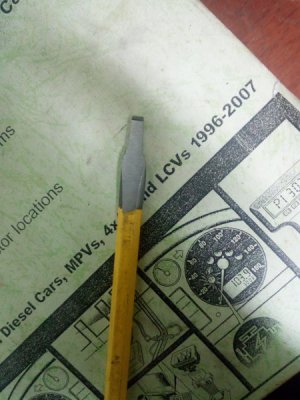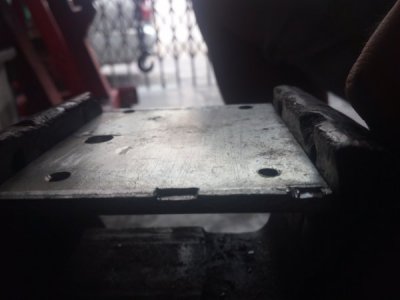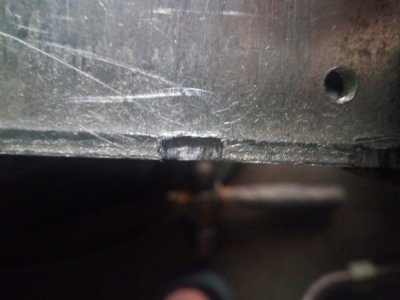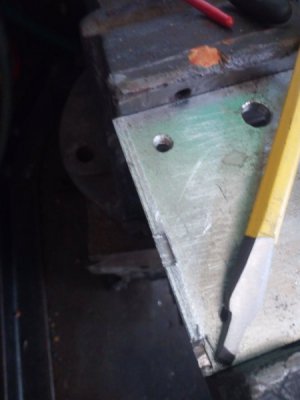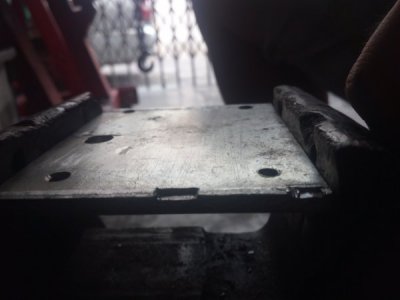I made a project of cutting a v-slot in a tooling plate using hand tools. No, it is not finished yet, but it is coming along surprisingly well given how badly it all started out.
I started the slot with a hacksaw, then used a cape chisel to widen it, then used square files to form the V. The chisel did not work well; chips would snap off before they even got to an inch long. The steel plate is some of that 1/4" mystery stuff they sell at the hardware store, and is much harder than I expected it to be.
You might try using a file or hacksaw to score the line for the slot, as that will break through the skin of the metal which may be hard. Also, clamp some pieces of wood to either side, making a guide about the width of the chisel. I didn't do this, and marked up the tooling plate something ugly.
I haven't seen any soid advice on the angle for the chisel. It's always "too large an angle from the surface and the chisel won't cut; too small an angle and the chisel will get dull fast". Maybe hone the chisel on a stone and try a smaller angle?
EDIT:
This guy appears to be using a 45 degree angle.


